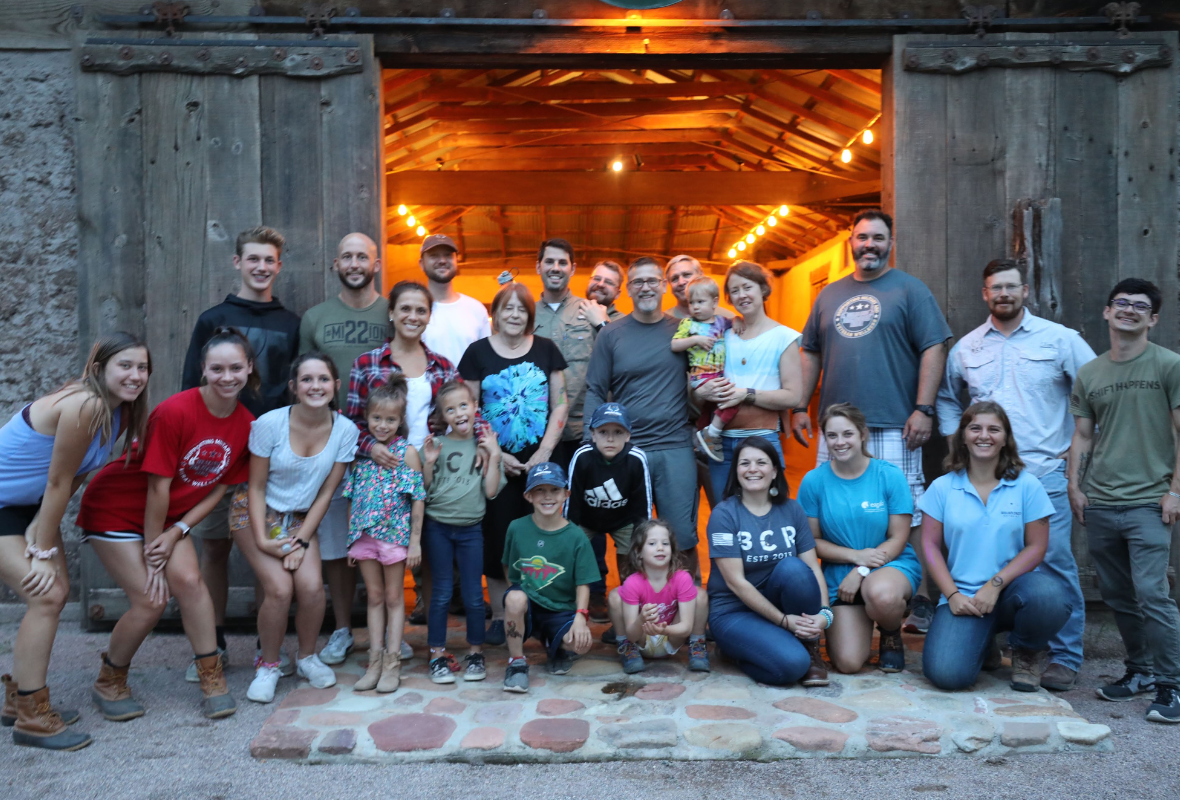
What Is Vicarious Posttraumatic Growth?
Vicarious Posttraumatic Growth (VPTG) describes the personal transformation that can occur not from directly experiencing trauma, but from bearing witness to another’s struggle, healing, and growth. It’s a hopeful counterpart to the more familiar concept of secondary or vicarious trauma. While vicarious trauma captures the emotional toll of absorbing others’ suffering, VPTG tells the other side of the story — how helping others through trauma can lead to one’s own introspection, transformation, and growth.
When a therapist listens to a client’s story of loss, or a peer-support worker sits beside a veteran describing combat memories, something powerful can unfold.
Understanding Indirect Trauma Exposure
Indirect Trauma Exposure occurs when we learn about traumatic experiences that others have endured. It’s not inherently negative — its impact depends on how deeply those stories challenge our core beliefs about the world, safety, and meaning.
When helpers face these challenges with reflection, support, and self-awareness, the same process that can lead to distress can also lead to growth.
Vicarious Trauma and VPTG: Two Sides of the Same Coin
Focusing only on the risks or only on the rewards of trauma work leaves part of the story untold. As with Posttraumatic Growth, it’s often the struggle itself that sparks transformation. For helpers, that struggle may take the form of exhaustion, cynicism, or feeling burdened by others’ pain. Yet these challenges can also become the very soil from which growth takes root.
Vicarious trauma and vicarious posttraumatic growth are not opposites, but interconnected experiences — reminding us that meaning and growth can emerge even from the hardest moments.

